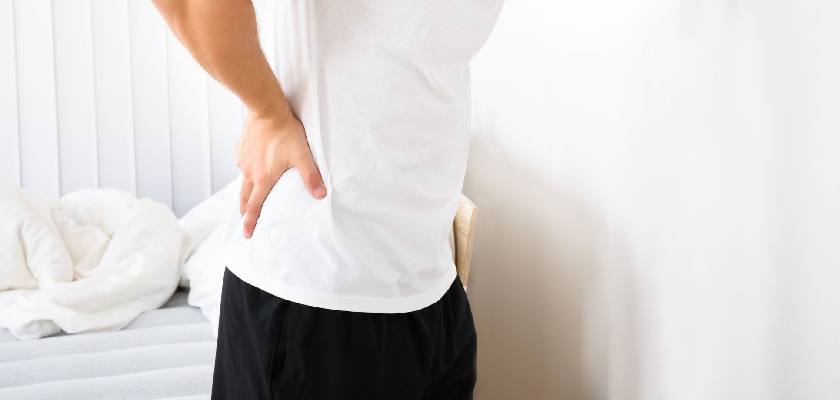
Your hip is the joint where your femur (thigh bone) meets your pelvis (hip bone). There are two main parts: a ball at the end of the femur, which fits in a socket in the pelvis. Your hip is known as a ball-and-socket joint. This is because you have a ball at the end of your femur, and it fits into a socket in your pelvis. This makes your hips very stable and allows for a wide range of motion. When they are healthy, it takes great force to hurt them.
Some causes of hip problems include:
- Osteoarthritis : Osteoarthritis is associated with degeneration of the joint cartilage and with changes in the bones underlying the joint. The cartilage becomes brittle and splits. Some pieces may break away and float around inside the synovial fluid within the joint. This can lead to inflammation.
- Rheumatoid arthritis : Rheumatoid arthritis is an immune-mediated condition that causes inflammation in synovial joints. Although people who develop rheumatoid arthritis may have a predisposition to the condition, the ‘trigger’ for developing symptoms is unknown.
- Bone fracture : Older people are more prone to hip fractures because bones become less dense as we age. In some cases, a person develops osteoporosis – a disease characterised by the excessive loss of bone tissue.
The symptoms of a hip problem may include:
- Pain in the hip joint (usually felt in the groin area)
- Referred pain to the thigh and knee
- Limping
- Reduced range of motion
- Muscle stiffness
- Pain when trying to put weight through the leg on the affected side.
